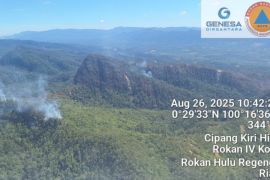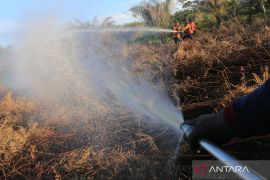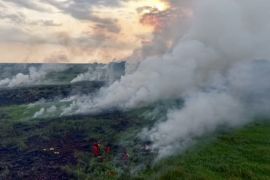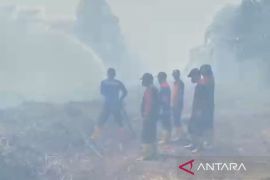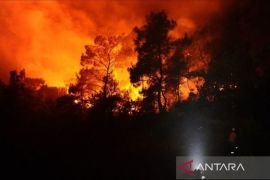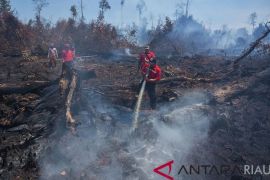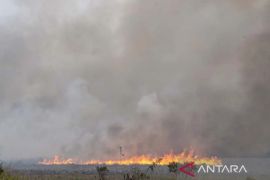"It's not only the government, or the Ministry of Environment and Forestry (KLHK), but there are also non-governmental organizations, the private sector, academia, and local governments (who have helped reduce forest fires and deforestation),” he said at an online discussion, originating from here on Thursday, on the Haze Outlook 2021 report released by the Singapore Institute of International Affairs (SIIA).
Several local governments have launched initiatives to reduce forest and land fires and promoted greening programs, such as the ‘Riau Green’ program by the province of Riau and the ‘Green Development Plan’ by North Sumatra, he noted.
According to data from the Ministry of Environment and Forestry, the area affected by forest fires declined from 1,649,258 hectares in 2019 to 296,757 hectares in 2020. As of the end of May this year, around 29 thousand hectares of forests were gutted by fires.
The Haze Outlook 2021, which projects the potential for transboundary haze in ASEAN, has given a green or low risk rating for this year.
According to the report, the decline in forest fires could also be attributed to wetter weather in 2020 and the La Nina phenomenon, which triggered rains.
Peat fires have also contributed to many hotspots indicating forest and land fires in recent years, it said.
While presenting the report, SIIA chairman Simon Tay had said that fires in peatland areas remain an issue. However, the move by the Indonesian government to extend the tenure of the Peat and Mangrove Restoration Agency (BRGM) is a significant indication of the nation's commitment to preventing forest and land fires, he added.
He also lauded an increase in the commitment to prevent forest and land fires among ministries under the coordination of the Ministry of Environment and Forestry. (INE)
Related news: BMKG forecasts potential forest, land fires after transition season
Related news: Forest, land fires down by 82% in 2020: Mahfud MD
EDITED BY INE
Translator: Prisca TV, Fardah
Editor: Suharto
Copyright © ANTARA 2021


